Harpoon & Laniard, Old Item Number: E72752-0 from the National Museum of Natural History
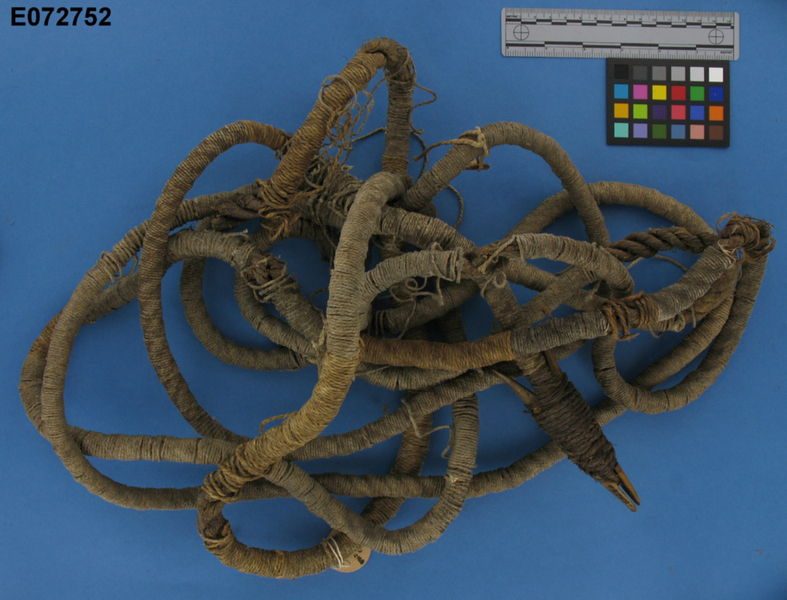
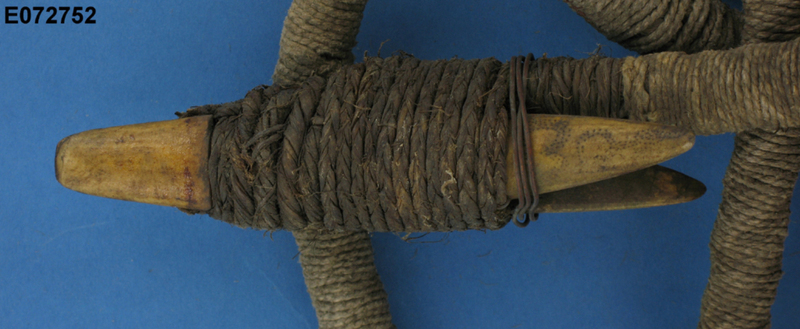
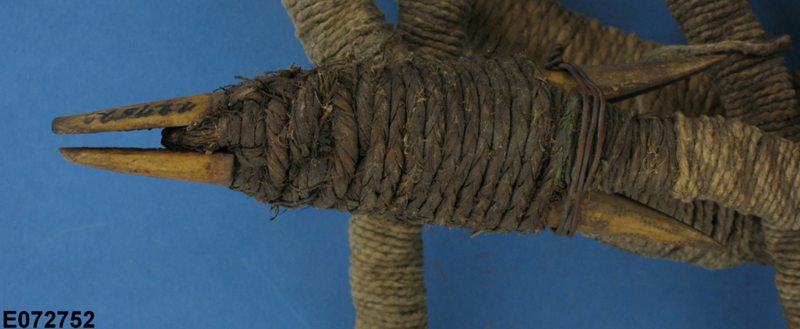
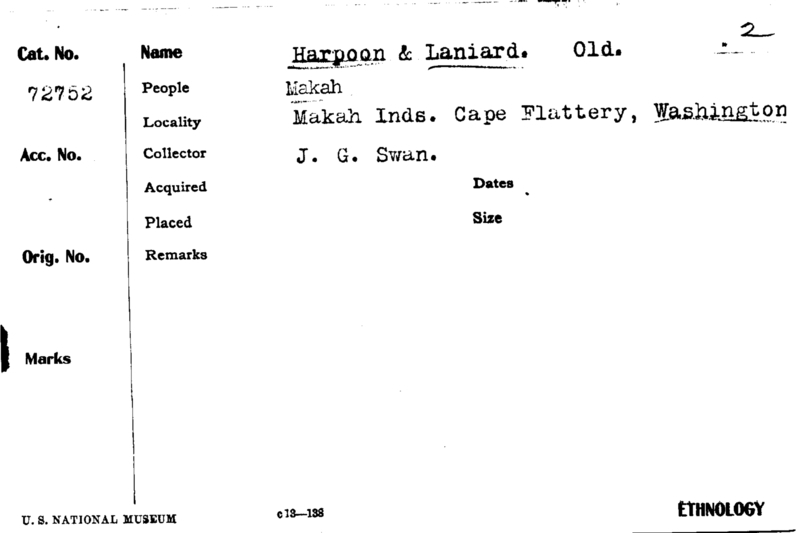
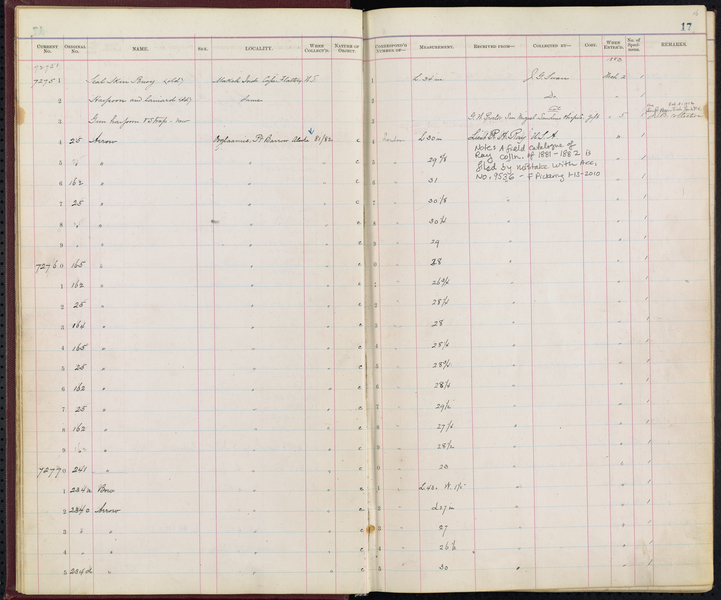
Notes
Described p. 101-102 in Brown, James Temple. 1883. The whale fishery and its appliances. Washington: Govt. print. off.: "Harpoon And Laniard. Harpoon and line attached to pole and seal-skin buoy, showing the manner in which the apparatus is rigged when used. Headpiece of sheet brass. Laniard, whale-sinew, served with twine made from the fibers of the nettle. Makah Indians, Cape Flattery. James G. Swan. The harpoon is not permanently fastened to the staff; it is, however, connected with the buoy by means of a laniard. When the harpoon is thrust into the whale, the staff is withdrawn and taken into the canoe, and the animal is incumbered with the buoy. A harpoon with one buoy attached is thrown into the head of the whale, but the harpoon thrown into the body has as many buoys as can conveniently be tied on; and, when a number of canoes join in the attack, it is not unusual for from thirty to forty of these floats to be made fast to one whale, which, of course, cannot sink, and is easily dispatched by the spears and lances. The Indians did not acquire the art of whaling from white men; it has been handed down through countless generations. The same kind of apparatus has also been in use for many years."
Item History
- Made in Washington, USA
- Collected by James G. Swan in Washington, USA
- Received from Accession Number Unknown
What
- Name
- Harpoon & Laniard, Old
- Identification Number
- E72752-0
- Type of Item
- harpoon
Who
- Culture
- Makah
- Field Collector
- James G. Swan
- Received from
- Accession Number Unknown
Where
- Holding Institution
- National Museum of Natural History
- Made in
- Washington, USA
- Collected in
- Washington, USA
Other
- Accession Number
- 000000